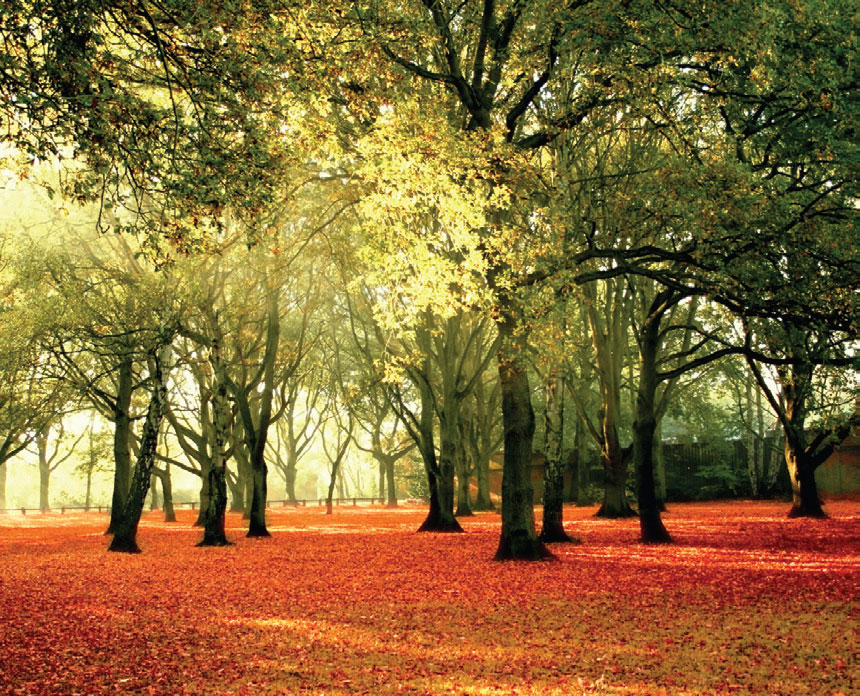Color Photography
OUT WITH THE GRAY
Very early in the history of photography, people were experimenting with ways to render images in color. Starting in the 1840s and continuing for nearly the next two decades, a variety of photographers claimed to have discovered a successful process, but it was not until 1861 that James Clerk Maxwell created what is now widely considered the first color photograph. Maxwell’s method involved taking three slides of the same subject and then projecting them through colored solutions.

While other people had degrees of success in fits and starts over the next decades, the first practical way to create color photographs arrived in 1904. The Lumiere brothers in France developed the Autochrome process, which used what is called an “additive system.” The effect of color was produced by coating a plate with panchromatic emulsion and a mix of primary-color-dyed starches, which acted as filters during exposures. Autochromes and the other, similar processes of the day, Dufaycolor and Finlay Color, caught on with the public and remained the standard up into the 1930s when Kodachrome supplanted them.
Where previous technologies used the additive process, Kodachrome used a subtractive process in which primary colors are subtracted from white light using dyes or pigments. Eastman and others, including Germany’s Agfa, continued to perfect the color-film process throughout the 1930s, developing a variety of products. With Kodak’s 1947 introduction of Ektacolor film, photographers no longer had to send their film off to be processed; they could shoot, develop, and print their own color photographs. —DJG

